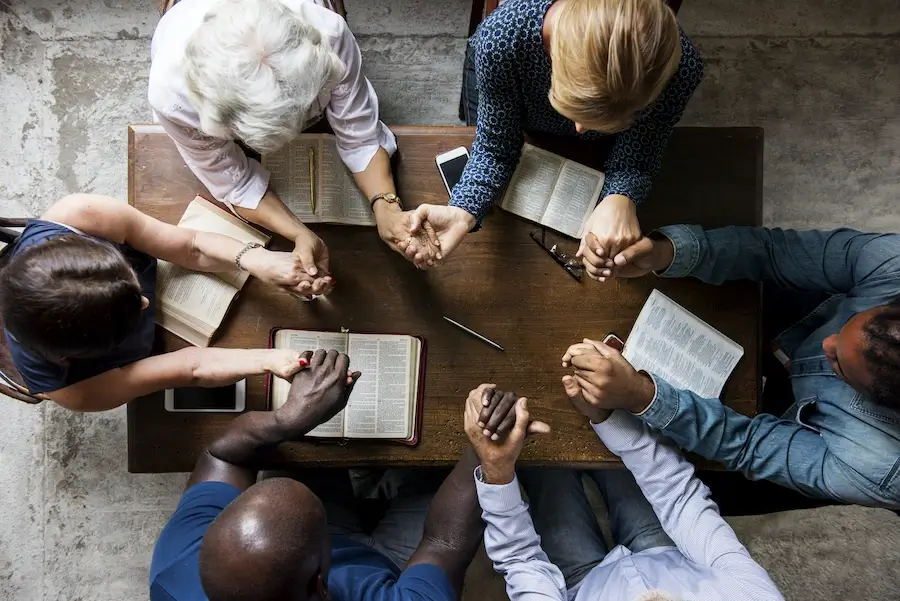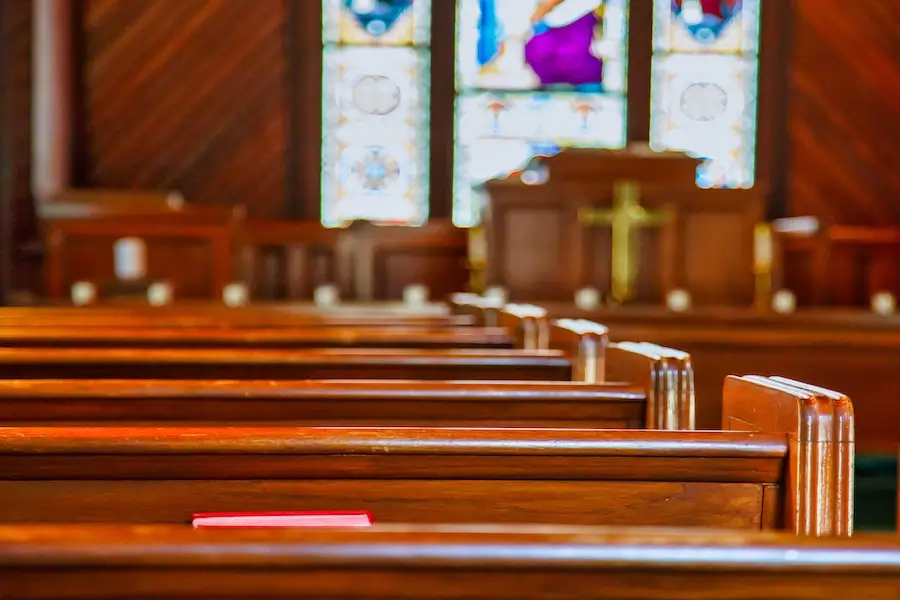If you are a decision maker for a private school in Georgia, do you know how to avoid common mistakes when it comes to insurance for private schools? It was a crisp fall morning at Faithwood Academy, a private school nestled in a quaint Georgia town. Like many private schools, the day began with students filing into classrooms, teachers organizing lesson plans, and the administrative staff reviewing schedules. Everything seemed as it should be—until it wasn’t.
Mid-morning, a freak accident occurred in the school’s gymnasium during a PE class. A student slipped and suffered a severe injury. Panic ensued, and an ambulance rushed the student to the hospital. While the staff at Faithwood Academy handled the situation well, it wasn’t long before they realized something alarming: their insurance coverage wasn’t adequate. Their policy had gaps that left them vulnerable to substantial financial exposure. As it turned out, the school had underestimated its liability risks, a mistake that could cost them more than anticipated.
Unfortunately, the experience at Faithwood Academy is all too common among private schools. Whether it’s underestimating liability, neglecting specialized coverage, or mismanaging policy limits, many private schools make critical mistakes when choosing insurance coverage. Let’s explore the most common pitfalls and how to avoid them to safeguard your school.
Mistake #1: Failing to Assess the Full Range of Risks
One of the most significant errors private schools make is failing to conduct a thorough risk assessment. Many schools underestimate the various exposures that come with day-to-day operations, focusing only on basic coverage. Schools, however, face a wide array of risks—from student injuries and staff accidents to natural disasters and cyber threats.
At a minimum, private schools need liability coverage, workers’ compensation, property insurance, and specialized coverage options. But every school is unique, and risk levels vary based on the activities offered, the size of the school, and even geographic location. For example, schools offering sports programs face a higher risk of student injury, while religious schools may need additional protections to guard against claims related to religious teachings.
Best Practice: Conduct a thorough risk assessment and consult with an independent insurance agent to make sure you’ve identified all potential risks. This will help you select coverage that meets your school’s specific needs.
Mistake #2: Choosing Inadequate Liability Insurance
Liability insurance is crucial for private schools, yet many fall into the trap of underestimating how much they need. While most schools carry basic liability coverage, they often overlook the importance of extending those limits or including extra liability coverage for more severe risks.
Consider the case of a school-sponsored sports event. If an inury occurs to a student or spectator, the legal and medical costs could easily exceed the limits of a standard liability policy. Without additional coverage, the school could be forced to pay out of pocket, risking its financial stability.
Best Practice: Make sure your liability insurance policy includes sufficient coverage for all activities, from day-to-day operations to special events like field trips, sports, and performances. Speak with an insurance agent to explore the option of umbrella insurance to provide an extra layer of financial protection.
Mistake #3: Overlooking Specialized Coverage
Private schools often require specialized insurance to cover risks specific to their environment. Neglecting to purchase the right policies can lead to significant gaps in coverage. For example, schools that own vehicles need commercial auto insurance, and those with expensive technology or lab equipment may require property insurance to cover theft or damage.
Cyber liability insurance is another specialized coverage that has become critical in today’s digital age. Schools collect a vast amount of sensitive information, including student records and financial data. A cyberattack could expose the school to significant liability, especially if personal data is compromised.
Best Practice: Consider the full scope of your school’s activities and assets. In addition to basic coverage, look into policies such as student accident insurance, commercial auto insurance, property insurance, and cyber liability insurance. Tailor your coverage to protect against every potential exposure.
Mistake #4: Assuming All Policies Are the Same
Not all insurance policies are created equal. Some private schools mistakenly assume that as long as they have a policy in place, they’re covered. However, insurance companies offer various packages, and policy details can vary dramatically. What works for one school may not be suitable for another, especially if the policies don’t account for specific risks.
Moreover, some schools may settle for a generic insurance policy designed for public institutions, not realizing that their unique needs aren’t fully addressed. For instance, a private religious school may need additional coverage for religious education-related risks, something a general policy might not provide.
Best Practice: Work with an independent insurance agent to make sure you’re purchasing a policy specifically designed for private schools. Review the terms carefully, and don’t hesitate to ask questions about what’s covered—and what’s not.
Mistake #5: Ignoring the Importance of Policy Limits
Another common mistake is not paying close attention to policy limits. These limits determine how much the insurance company will pay in the event of a claim. Schools that don’t carefully evaluate these limits could find themselves underinsured and responsible for significant out-of-pocket expenses.
For instance, consider a scenario where a student suffers a severe injury on school grounds, resulting in high medical bills and legal fees. If the liability limit is set too low, the school may be on the hook for any costs that exceed the coverage limit.
Best Practice: Assess your policy limits based on the size of your school, the number of students, and the types of activities you offer. It’s better to err on the side of caution and opt for higher limits than to risk being underinsured.
Mistake #6: Neglecting Workers’ Compensation Insurance
Private schools often overlook workers’ compensation insurance, especially if they have a small staff. However, state laws generally require this coverage for any business with employees. Workers’ compensation protects both the school and its employees in the event of workplace injuries or illnesses by covering medical expenses and lost wages.
Best Practice: Make sure you have workers’ compensation coverage, regardless of your school’s size. Even small injuries can result in significant medical expenses, and failure to provide proper coverage can lead to costly legal consequences.
Mistake #7: Focusing Solely on Premiums
It’s easy to focus on premiums when choosing an insurance policy, but selecting the cheapest option can prove a costly mistake in the long run. Low premiums often come with lower coverage limits or exclusions that may leave your school vulnerable to specific risks.
Best Practice: While it’s important to stay within budget, don’t make cost your sole deciding factor. Look for policies that balance affordability with sufficient coverage. An insurance agent can help you find the right balance by exploring various options and making sure you’re not sacrificing necessary protections.
Mistake #8: Failing to Review and Update Policies Regularly
Once a private school secures insurance coverage, it’s tempting to set it and forget it. However, schools evolve—whether through expansion, the introduction of new programs, or changes in enrollment. These changes can affect your insurance needs, and failing to update your policy can lead to gaps in coverage.
Best Practice: Make it a point to review your insurance coverage at least once a year or anytime your school experiences significant changes. This ensures that your policy remains relevant and continues to provide the protection you need.
Protect Your Private School with Sufficient Coverage
Insurance is one of the most critical aspects of managing a private school, yet it’s often one of the most overlooked. Schools that make common mistakes—whether it’s underestimating liability, neglecting specialized coverage, or failing to regularly review policies—are putting themselves at risk.
By understanding your school’s unique risks, choosing appropriate policies, and consulting with a knowledgeable insurance agent, you can make sure that you fully protect your school. From liability coverage to specialized policies like cyber insurance, there are options available to safeguard your school’s future.
MinistrySure specializes in providing private schools in Georgia with tailored insurance solutions. Contact us today to discuss how we can help protect your institution from potential risks and provide long-term peace of mind.






